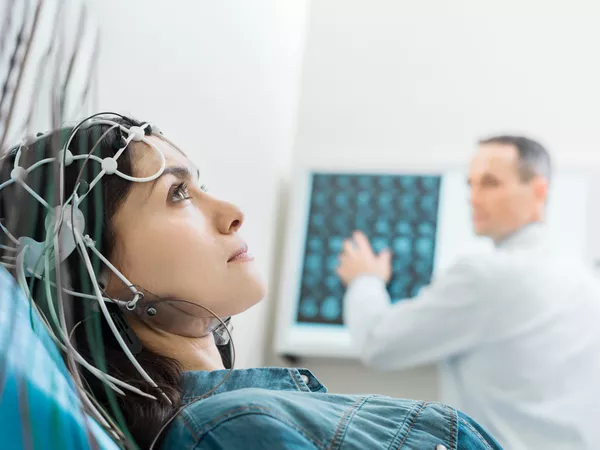PERSPECTIVE
Published on 31 Dec 2024
Diagnostic potential of blood-based biomarkers in multiple sclerosis
doi 10.3389/fneur.2024.1425046
- 609 views
4,222
Total downloads
15k
Total views and downloads
PERSPECTIVE
Published on 31 Dec 2024
ORIGINAL RESEARCH
Published on 04 Dec 2024
CASE REPORT
Published on 15 Jul 2024
CASE REPORT
Published on 14 Feb 2024
CASE REPORT
Published on 12 Feb 2024
CASE REPORT
Published on 26 Jan 2024
BRIEF RESEARCH REPORT
Published on 25 Jan 2024
ORIGINAL RESEARCH
Published on 25 Jan 2024
BRIEF RESEARCH REPORT
Published on 14 Dec 2023
